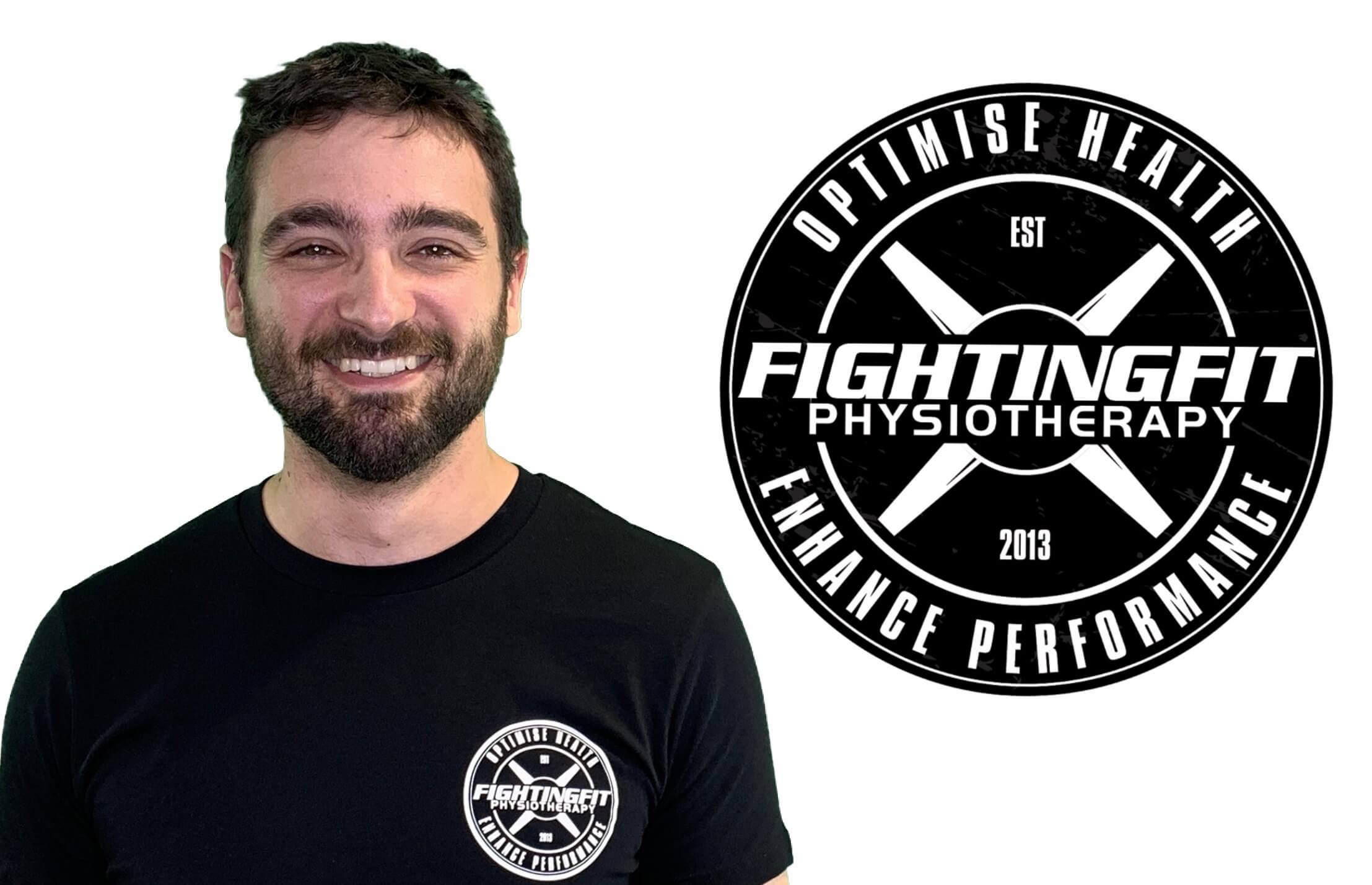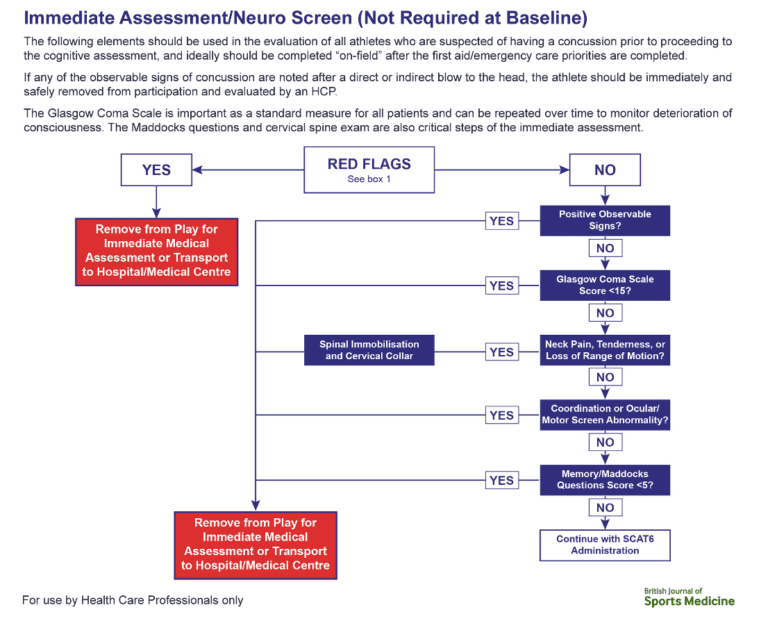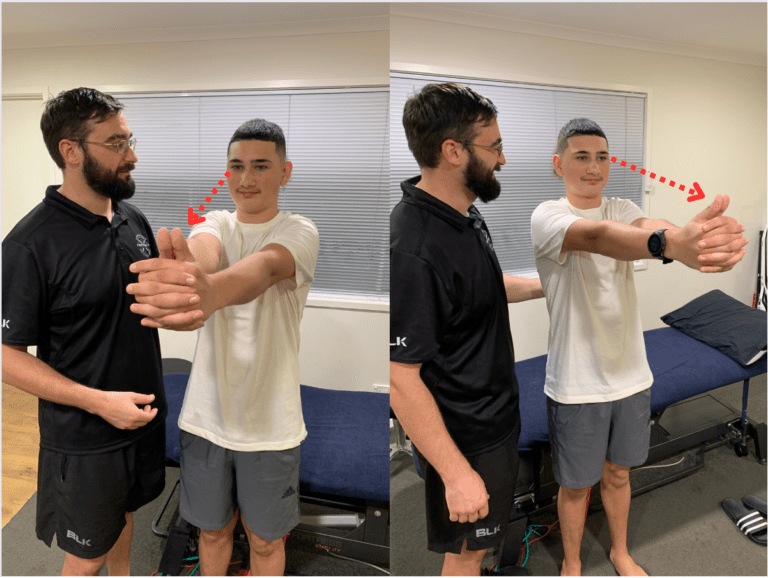Treating Concussions at Fighting Fit!
How Do We Treat Head Knocks at Fighting Fit?

This is the last blog in our Concussion series, and we’re going to explore how to recover from a concussion injury and what we do here at Fighting Fit Physiotherapy
While most concussion cases are mild and people recover within expected time frames, there are moderate cases where people don’t manage well and experience residual effects for weeks and months following a head trauma.
In addition, up to 30 percent of concussion cases are more complex, with prolonged symptoms and recovery for many months to years.
Every concussion is unique, so the rehabilitation needs to fit well with the presentation.
The process can also throw numerous curve balls and have setbacks, which is why we our practitioners will support you through each step, constantly testing, measuring and monitoring the process to make sure the decisions to return to ADL’s, sport, school or work is made at the right time.
Rest for Concussion
Every concussion event requires an initial period of rest. In the first 48-72 hours chemical changes within the brain occur post injury.
This time is a crucial time to reduce physical demands along with cognitive demand on the brain so to not stress the brain and prolong recovery.
This means:
- Avoiding exercise or sport and nothing over a light walk where heart rate remains low.
- Reducing and limiting activities that use a lot of our brain power and stimulate our senses such as television and scrolling on your phone should be undertaken.
Some patients experience symptoms in busy environments such as shopping centres, so ease back into these in coming days and if you notice it is not tolerated well, remove yourself as soon as possible as you’re just not ready for that level of stimulation.

Nutrition for Concussion
Food is fuel. Your brain is very susceptible to what you eat during a concussion.
It’s important to eat well, healthy and food full of antioxidants. Also increase your calorie intake during this period to allow the brain a surplus of nutrients which will aid in healing.
It’s very important to manage sleep in this phase as this will set us up for a better recovery.
For specific foods and supplements to eat, it is best to consult us in person.
Return of cognitive demands following concussion
This phase of recovery sees a graded return to activities that require concentration, effort and focus. We break down into 4 main phases:
- Light cognitive activity
The goal of this stage is to work towards tolerating 45 minutes to 1 hour of cognitive activity such as reading, homework, watching television, using your phone, playing video games etc. If symptoms arise in this stage, we take a break and try again a little later. - Half day of work/schoolwork
This stage we work together on increasing concentration and focus with regular scheduled breaks in order to complete a half day of work or school work. - Full day of work/schoolwork (with restrictions)
Here we are building up our tolerance to activities that require longer periods of concentration time. We can determine the frequency of rest or change in environment depending on your presentation and symptoms. - Full day of work/schoolwork (with no restrictions)
This phase is a full, unrestricted, return to work or school work. The patient is able to tolerate a day’s worth of cognitive activity with minimal to no symptoms by the end of the day.

Return to exercise following a concussion
Returning of physical and cognitive demands will often overlap as we return to normal activities, particularly in return to sport situations.
- Treadmill test
Once completing a supervised buffalo concussion treadmill test we can ensure a safe return to physical based activities. The test will assess readiness to return to varying levels of training and/or competition. - Grading activity return and sport specific practice
This phase focuses on returning to normal exercise and training routines in a graded fashion.
Meaning we start light and increase then physical demands as symptoms improve.
Increasing running, bike riding or gym based exercise over time allows optimal recovery and is specific which takes into account any other injuries to the neck or thoracic spine.
Once we can complete higher intensity exercise and sport specific drills we can move onto the next phase. - Full effort training
For return to sport we focus on completing training sessions at full intensity and effort alongside any gym based exercise. This allows us to exert ourselves physically in a safer environment. - Return to sport.
Once ready and completed training sessions we can then make a return to competition. Depending on the severity of injury and the level of competition, we can sometimes grade up the level someone competes from local, to regional, to state or back to national and international competition as part of the rehabilitation process.

Physiotherapy for Concussion
Many people do not realise that physiotherapy is the go to profession for concussion and head injuries.
The process taken is similar to other injuries we see, but does require a higher level of education, training and a special interest to do it really well.
Moreover, concussion can also have associated musculoskeletal injuries due to the mechanism of injury. These can include: whiplash, shoulder, neck and jaw pain, even residual neurological deficits if the brain is damaged enough.
Physiotherapy treatment with manual therapy and specific graded exercise will effectively treat these other areas.
Vestibular rehabilitation is also very important post concussion as patients can experience persistent vertigo, dizziness, balance and proprioception deficits which are present in up to 30% of concussion presentation.
This requires specific assessment, treatment and monitoring resolution of symptoms in patients who have suffered a concussion.
You won’t find this in your run of the mill physio clinic either!
Remember, a concussion presents in many ways.
Our Fighting Fit Physio’s will play a crucial role in post concussion injury management.
We focus on the appropriate testing, monitoring, treatment and rehabilitation that delivers faster symptom resolution, faster return to function and sports for a much more complete recovery then anywhere else.
If you’ve made it this far into our Concussion arc, thanks for reading along, and be sure to reach out to us here if you have any questions, or have experienced a concussion yourself! You can also book an assessment online here!
Kyle Wells is a Physiotherapist at Fighting Fit Physio.
He has a special interest in arthritis, neck pain and tendinopathy. Just to name a few.
Kyle loves cross fit and has an exceptional eye for technique and performing exercise correctly.
He use exercise to improve patient results and get them moving better for the long term.









